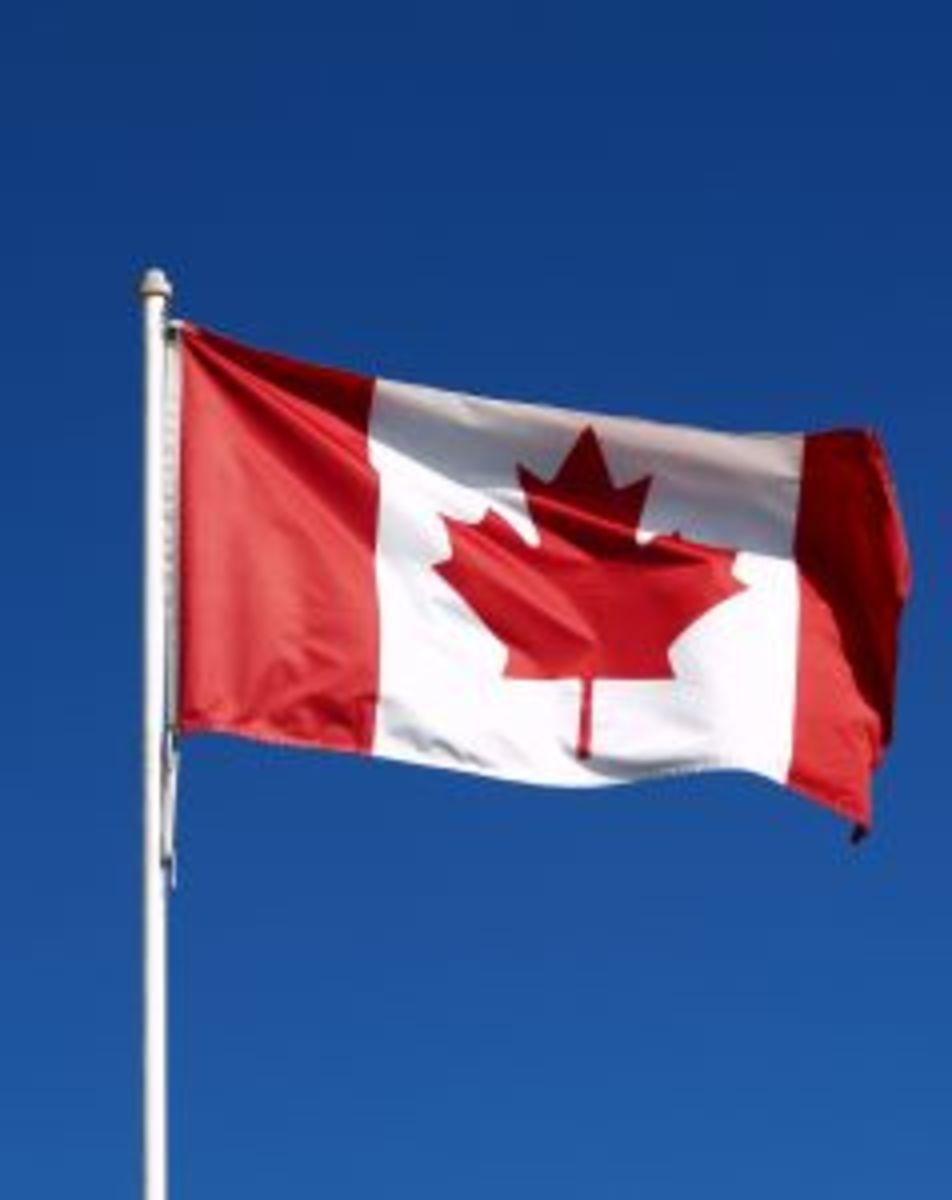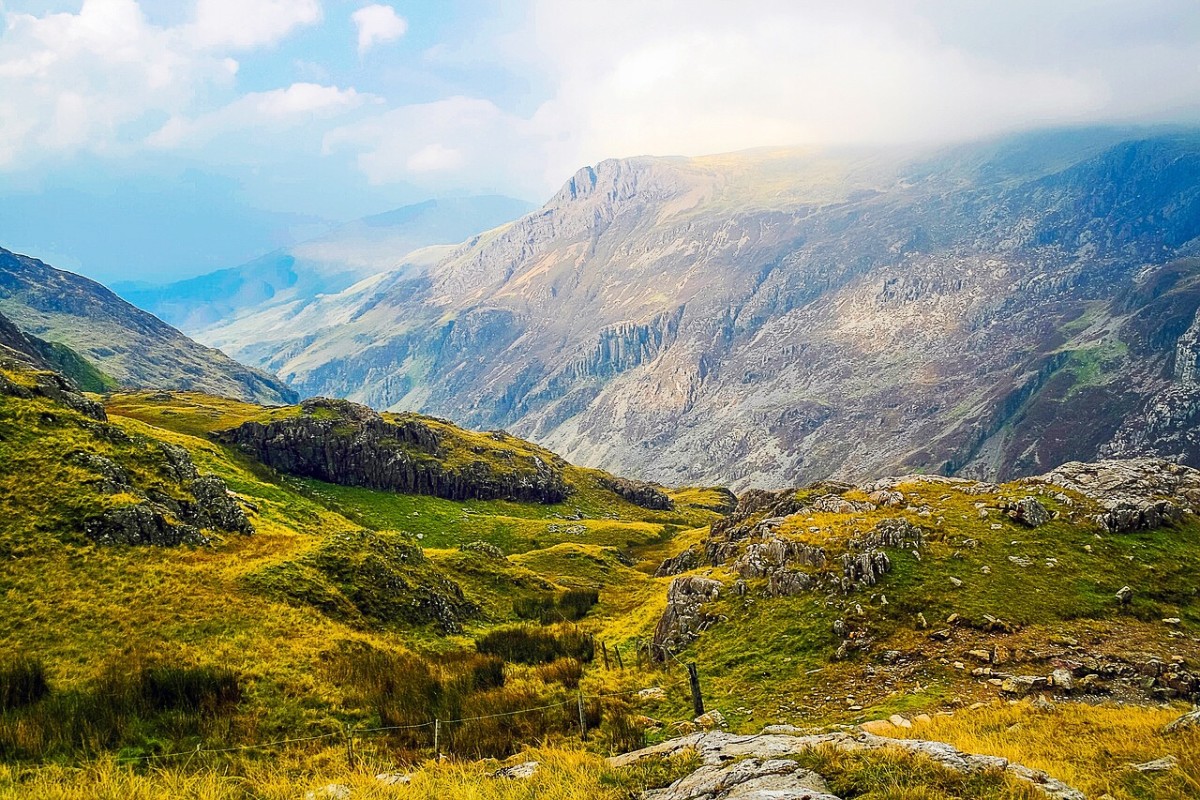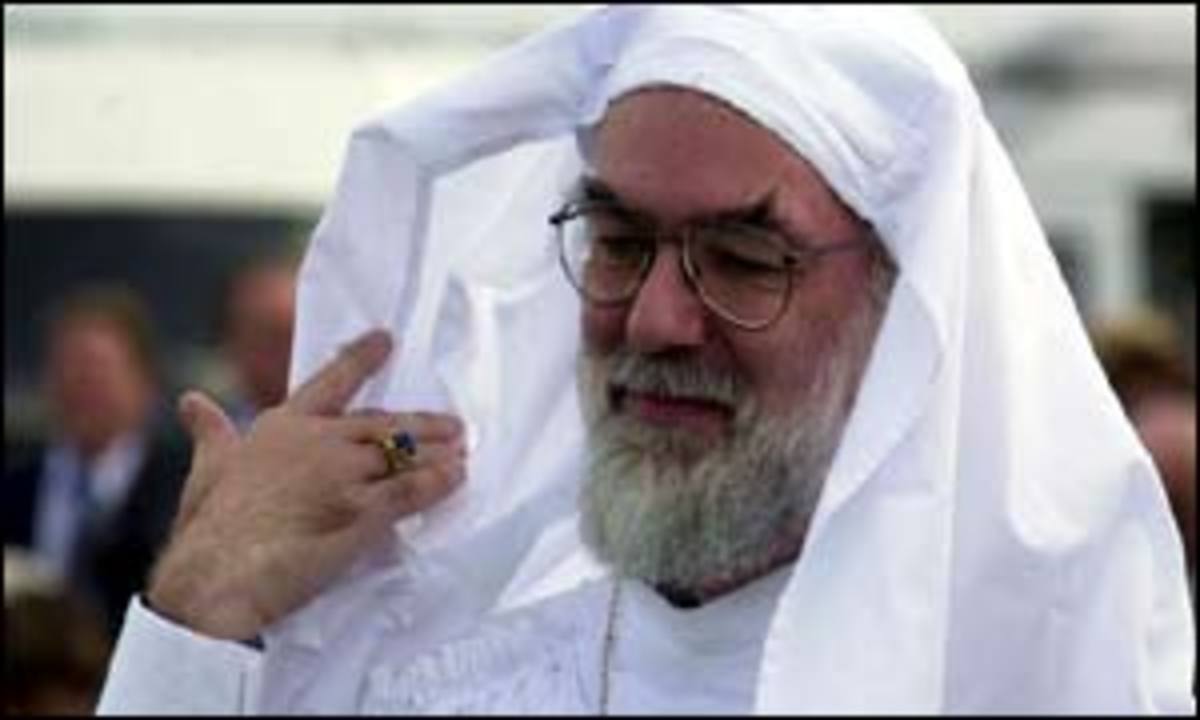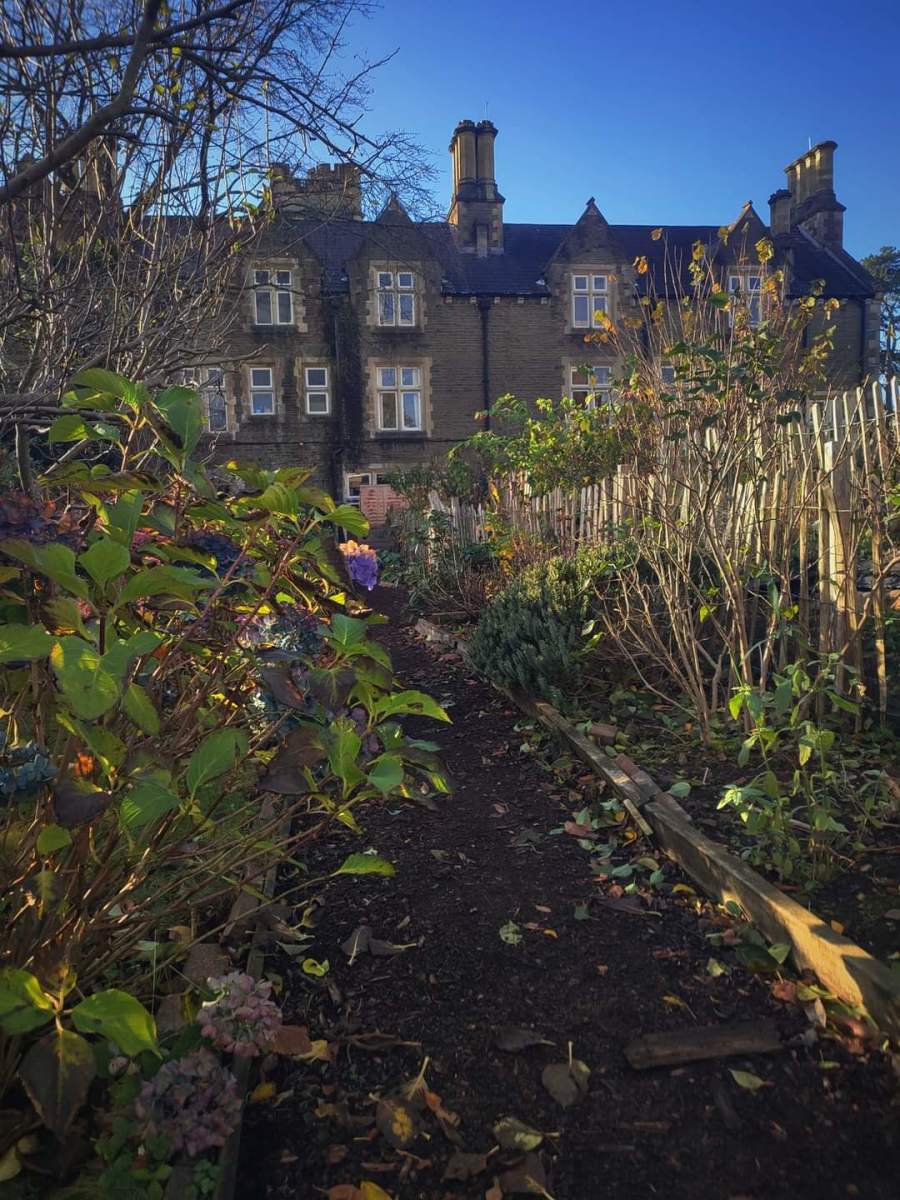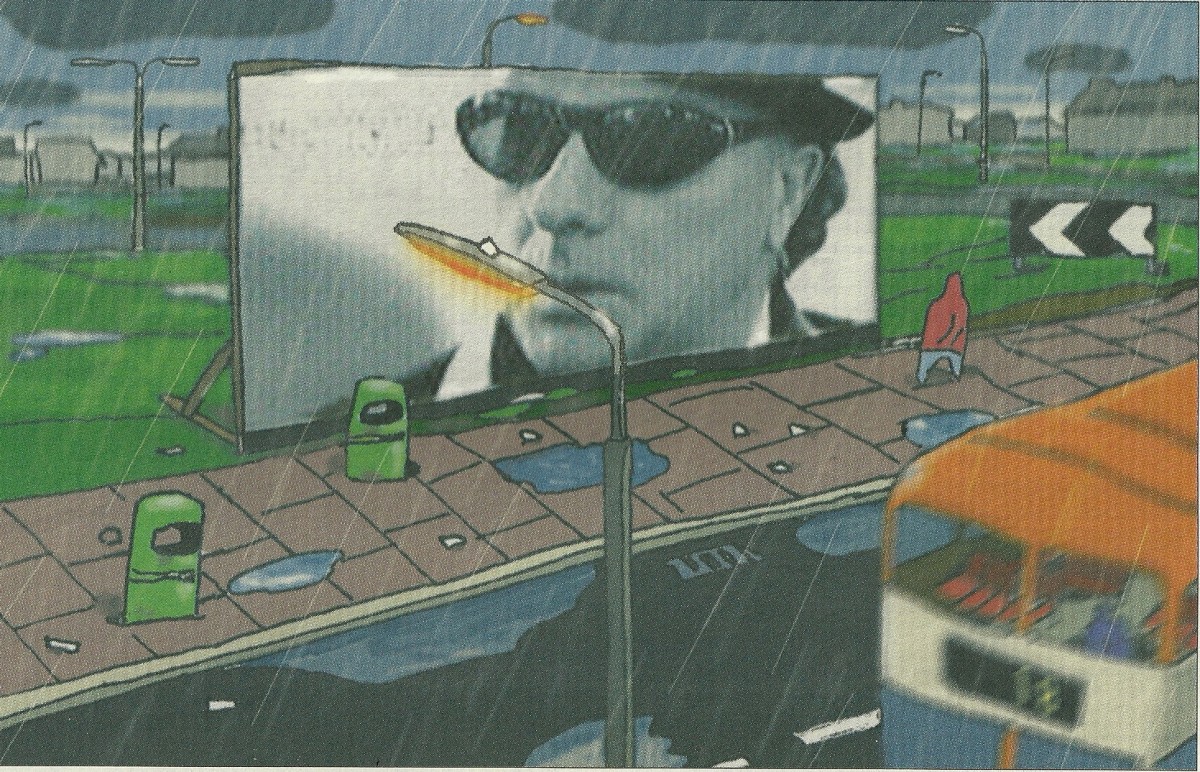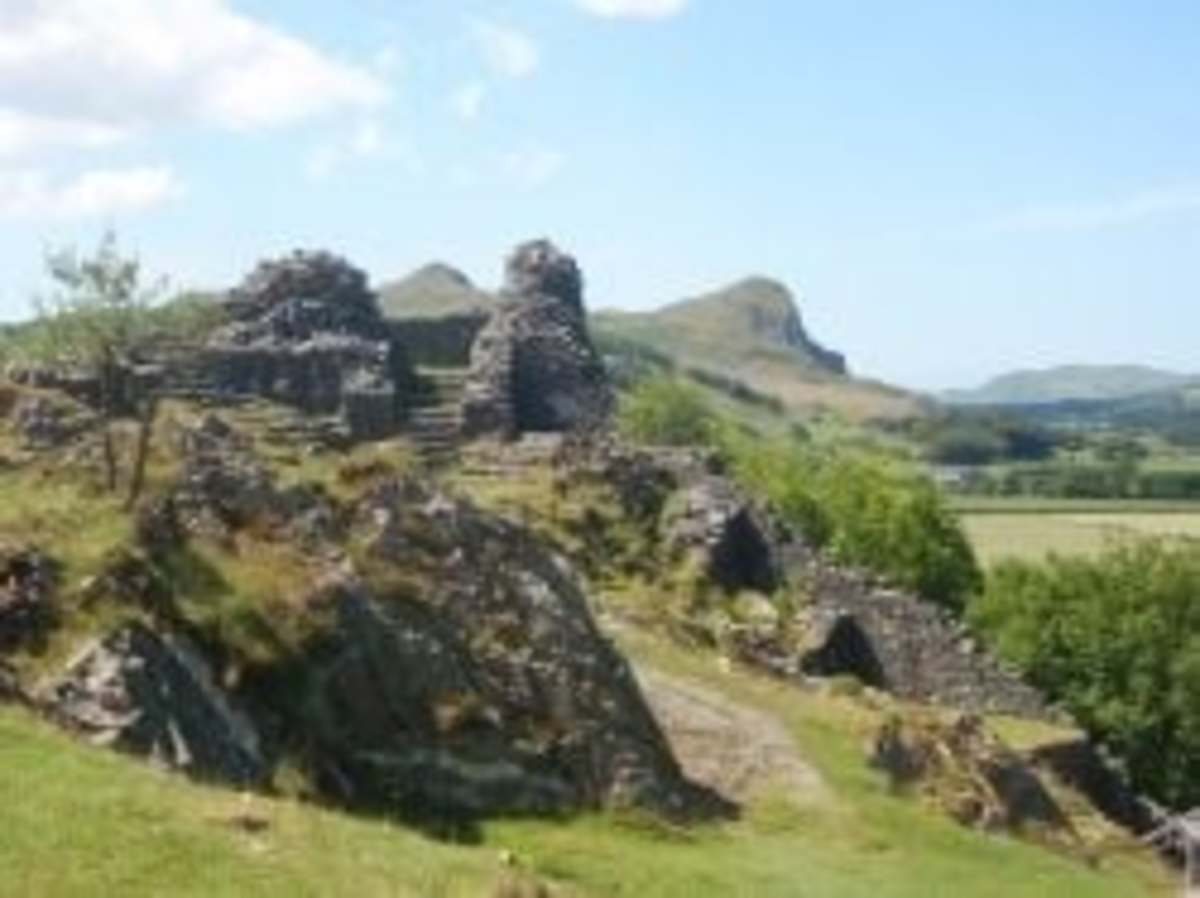- HubPages»
- Travel and Places»
- Visiting Europe»
- United Kingdom
What Do Those Welsh Place Names Mean?
Welsh in the Landscape
Welsh is derived from the Celtic, Brythonic language that over time has evolved to become the language that is still alive and very much in use in Wales. The country is a land of mystery, myth and fable, the homeland of the druids, Arthurian legend and rebel princes.
Countryside of song, rich in poetic verse, echoed in the meaning its placenames. They reflect their surroundings, are evocative of old tales and a landscape long since changed. While the last two hundred years have seen rich iron masters and pit owners leave their mark in the landscape and place names, there are still plenty of names that recall an enchanted time of saints, princesses and dragons.

Welsh Pronunciation
To understand Welsh place names you need, in part to understand the language. The Welsh alphabet has 29 letters, including ch, dd, ff, ng, ll, ph, rh and th. Welsh itself doesn’t contain the letter j, which is strange when considering the number of people named Jones and Jenkins.
One of the other confusions is over vowels, of which there are seven, the usual five along with w (pronounced oo as in moon) and y (pronounced ee or i). Other particular pronunciations are dd, which is a th sound, while a ff is similar to the English off and a single f is pronounced v. Ll, the distinctive double L sound also causes difficulty, just put the tongue on the roof of your mouth and expel air.
Another thing to look out for is mutations, to make pronouncing easier words change spelling depending on circumstances so mary = mair might become fair and Bangor changes to Fangor. It can seem quite complicate and beyond a simple piece explaining place names.

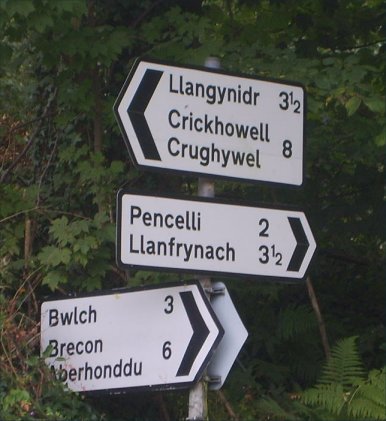

Welsh Landscape
The Eskimo are said to have 50 words for snow, well the rugged Welsh landscape has a similar number of words for hill or mountain and an equally large number for valley and meadow. Below is a list of some of the more common words you can discover on a map or whilst travelling around the beautiful Welsh countryside.
Aber – estuary, confluence or stream
Allt – hillside, cliff or wood
Argoed – wooded grove
Bren – hill
Bron – hill crest
Bryncyn – hillock
Bwlch – gap or pass
Cae – field
Carreg – stone or rock
Cwm – valley or dale
Dol - meadow
Dyffryn – valley
Garth – promontory
Llyn – lake
Moel – bare hill
Mynydd – mountain
Nant – brook or stream
Ogof – cave
Pant – hollow or valley
Pistyll – waterfall
Pwll – pool
Rhos - moor
Tir – land or territory
Twyn – hillock or knoll
Ynys – island
Ystrad – valley or river meadow


Trees, Animals and Buildings
Trees, animals and birds
Afallen – apple tree
Arth - bear
Bedwen – birch
Bran – crow
Cadno – fox
Ceffyl – horse
Cennin – leeks
Cerdinen – mountain ash or rowan tree
Coed or Coeden – tree
Deri or Derwen – oak
Eryr – eagle
Onn or Onnen – ash tree
Pia or Pion – magpie
Ywen – yew tree
Human Landscape
The effects of people on the landscape are also recorded in the place names buildings; structures and dwellings have all left their mark over time.
Betws – chaple
Cadair – seat or stronghold
Caer - fort
Castell – castle
Cei – quay
Cwrt – court
Efail – smithy
Hendre – old house
Llan – church, monastery or place of worship
Melin – mill
Tafarn – Tavern or pub
Ty or Dref – house
Tyddyn – small farm
Ysbyty – hospital
Ysgol – school
Latin influences
Speakers of Italian, French, Spanish and Portuguese will recognise a number of Welsh words that are not present in English but due to the influence of the Romans 2000 years ago, are similar to words in the Renaissance languages .
Braich – arm or the branch of a hill
Pont – bridge
Porth – gateway
Mor – sea
Welsh Saints
Wales saints are well represented in place names and normally preceded by Llan (a place of worship, church or monastery) Dewi, Mair, Illtyd, Tudful and Isan all have places named after them and you will also find villages like Llantrisant, the place of three saints popular.
Famous place names
The most descriptive place name ever has to belong to the Welsh, created in the nineteenth century as a marketing ploy to attract tourists to Angelsey, naming the loca village Llanfairpwllgwyngyllgogerychwyrndrobwllllantysiliogogogoch. This is the longest British place name which translates asThe church of St. Mary in the hollow of white hazel trees near the rapid whirlpool by St. Tysilio's church of the red cave. For ease of conversation it is abbreviated to Llanfair PG or Llanfairpwll.
Cadair Idris – Idris Stronghold
Penfro – head of the land, lands end.
Dinbych – (Tenby) little fort
Betws y Coed – chaple in the woods
Y Bont Faen – Cowbridge
Abertawe – (Swansea) confluence of the river Tawe
Y Waun – (Chirk) the heath
Ynys Mon – (Angelsey) island of Mona
Pen y bont – Bridgend, end of the bridge
Casnewydd – (Newport) new castle
Llanfair-ym-Muallt – (Built Wells) St Marys’ church in the cow pasture

